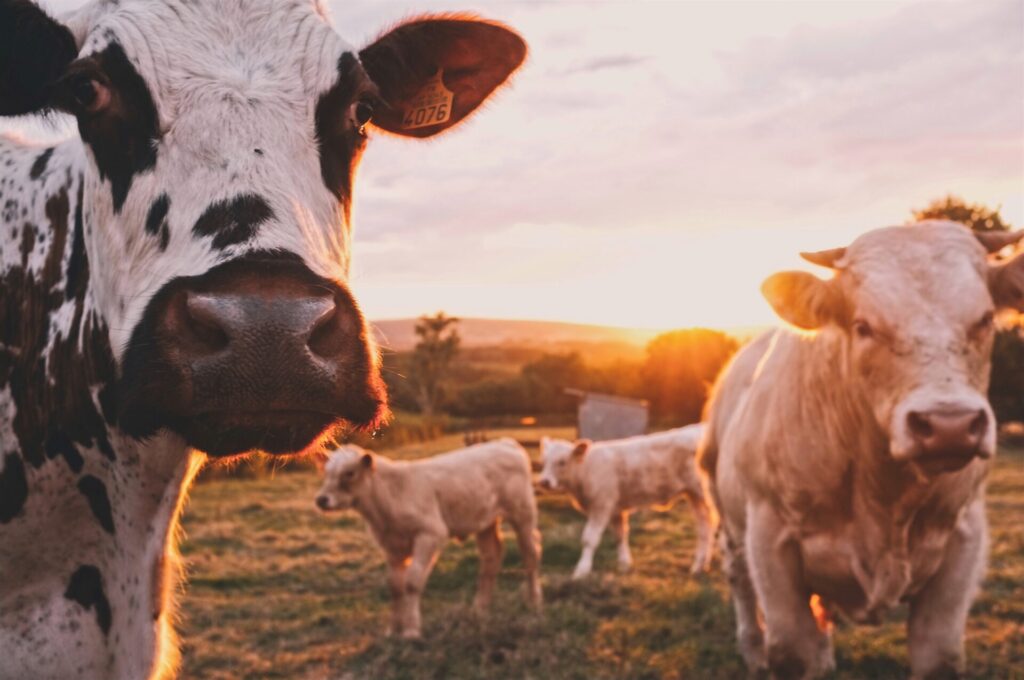Agriculture sustained the first settlers of Kentucky in the 1770s, and today, the state’s agriculture is still a big deal. Agriculture is one of the state’s leading and most vital industries; it contributes about $45.6 billion to the state’s economy each year. From cattle and horses to bourbon and tobacco, the state has a wide variety of agriculture production. Kentucky agriculture is also constantly changing to keep up with consumer demand and the ever-growing world population.
The Basics of Farming on a Small Plot of Land
There are many reasons why people are starting to farm, even in their backyard. Farming addresses local food issues like food stability and availability and promotes healthy lifestyles with fresh food. If you would like to start farming on a small plot of land, we’ve laid out the most straightforward steps to get you started. You may need to seek more details on individual steps, but this will give you an overview of the basics.
Test Your Soil
Before you start plowing up sod, it’s important to know what kind of soil you are working with. Success in the garden starts with the soil, so you’ll want to start by testing your soil. It can help optimize crop production and diagnose plant culture problems. It also enables us to improve the soil and amend it as needed. The first steps to prepare your land for planting involve looking at soil texture and fertility and adjusting it as needed.
Prepare the Land for Planting
Tilling your land for planting a large vegetable garden or crops can seem like a daunting task, but it doesn’t need to be. There are many different methods of tillage you can do depending on which matches your soil, geography, climate, and available resources. Any of these methods or a combination may be the best choice for your small farm or homestead.
Choosing the Appropriate Crops
Many variables impact crop selection. Choosing the crops that best fit the existing conditions and cultivation techniques on your farm, and planning to manage or avoid known issues, can get your season off to a good start. By selecting the crops and varieties that best fit the inherent characteristics of your farm, you can maximize quality, yield, and profit.
Install Fencing for Animals
If you’re thinking of adding animals to your farm, it’s a good idea to install fences to keep your animals away from your neighbors and protect them from predators. There are many types of fencing, depending on the type of livestock you intend to keep inside the fence. Goats require a high fence, while cows need only a few single strands of electric wire to keep them in a pasture. Poultry and sheep can be temporarily contained with portable electric netting, a plastic mesh with electrified wires embedded in it that is easily set up and moved.
Remember
Farming is hard, and farming as a business is tougher! So, just be patient as you cultivate your relationship with your farm crops and animals. Before long, you’ll surely reap the benefits of your hard work.
